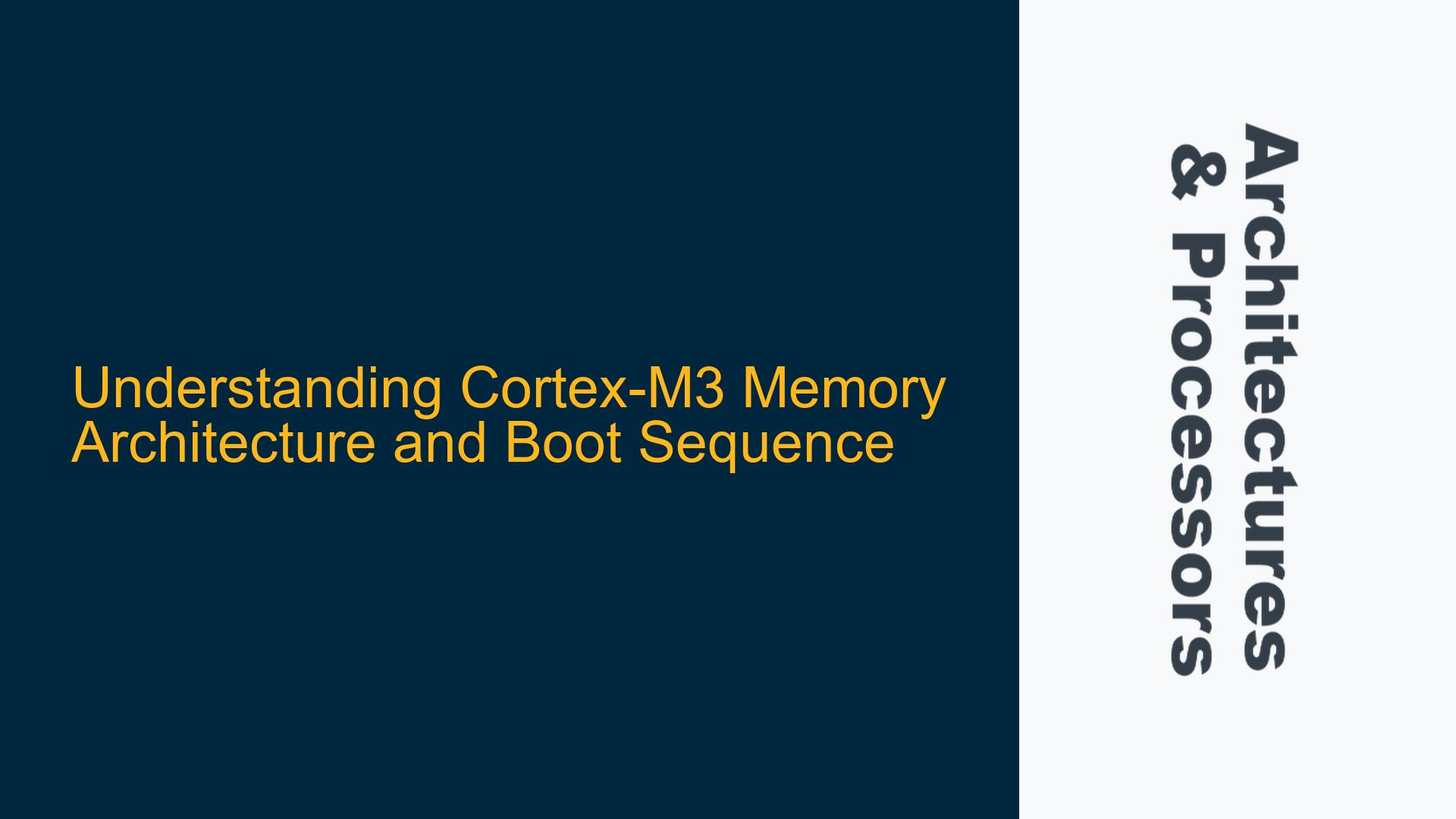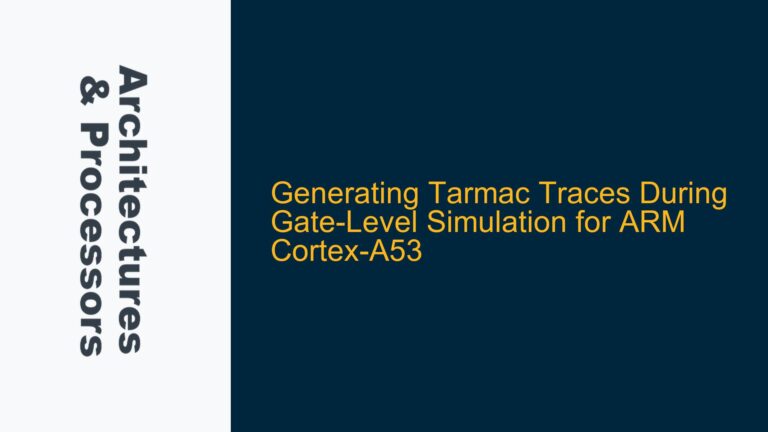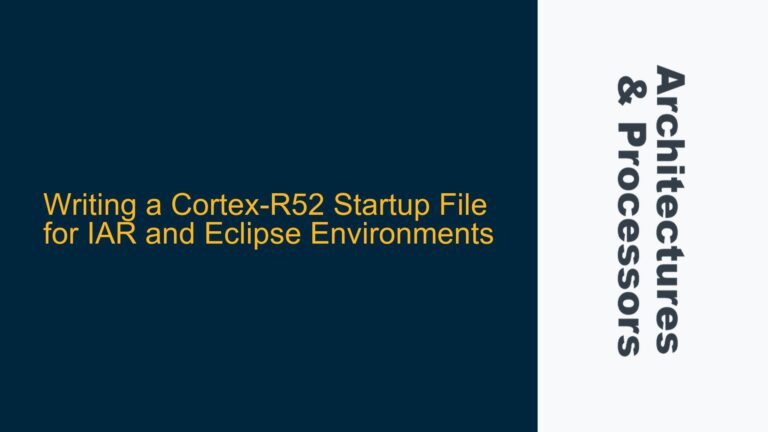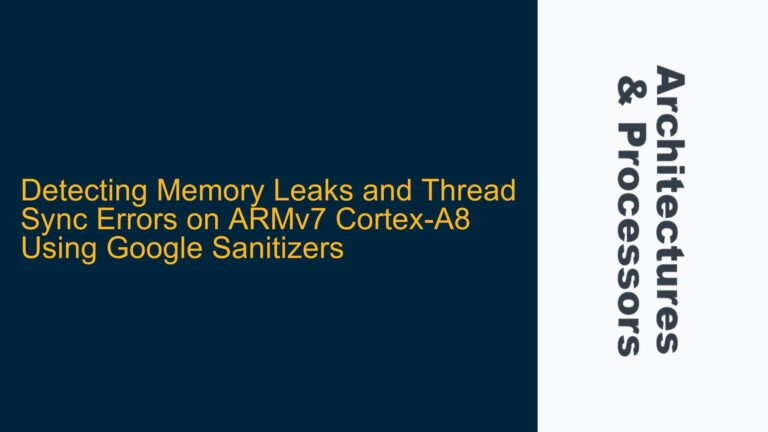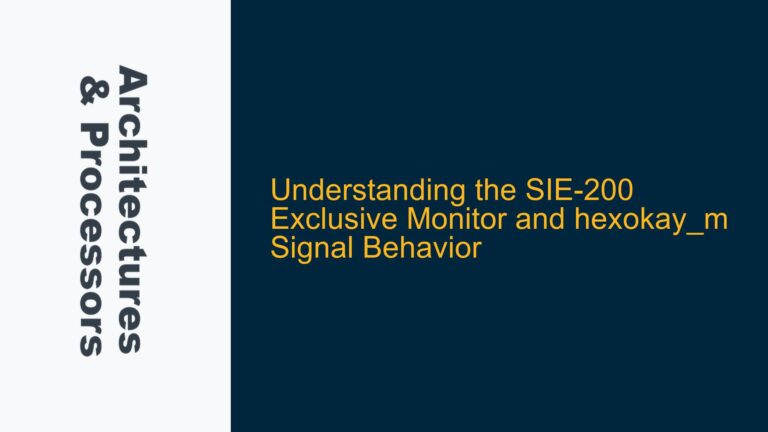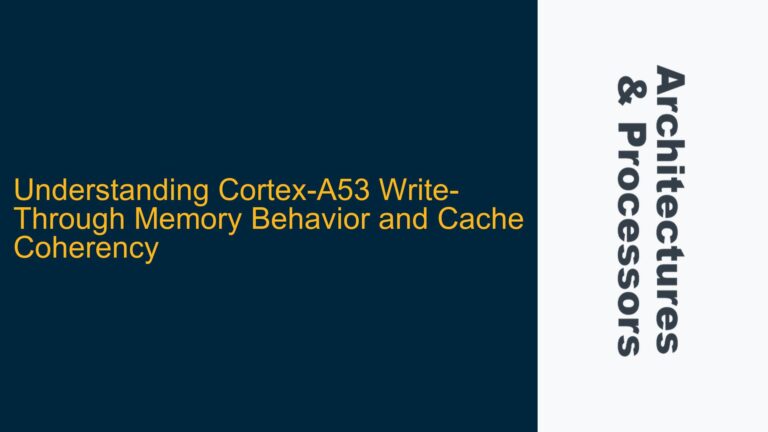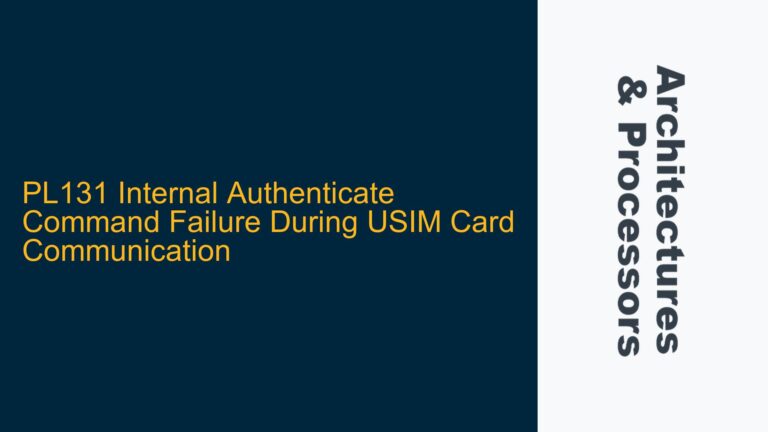Cortex-M3 Memory Address Mapping and Boot Sequence Confusion
The Cortex-M3 microcontroller, a widely used ARM processor, employs a specific memory architecture that can be confusing, especially when comparing the AHB (Advanced High-performance Bus) memory map provided in the Cortex-M3 design kit with the memory map of a specific implementation like the STM32F103. The Cortex-M3 design kit’s AHB memory map typically includes three primary memory regions: RAM, optional boot loader memory (usually 4KB), and program memory (also 4KB). These regions are mapped to specific addresses, and their behavior during the boot sequence is critical to understanding how the microcontroller initializes and runs user applications.
The confusion arises when comparing this generic AHB memory map with the memory map of a specific microcontroller like the STM32F103. While the STM32F103 memory map is similar, it may have additional regions or different sizes for certain memory areas. This discrepancy can lead to misunderstandings about how the Cortex-M3 handles memory during the boot sequence, particularly regarding the optional boot loader memory and how it interacts with the user application stored in the program memory.
The optional boot loader memory is a region that some SoC manufacturers choose to include in their designs. This memory typically contains firmware that executes before the user application. For example, NXP includes a boot loader in the LPC4xxx series, which runs before handing control over to the user application stored in the main flash memory. This boot loader is usually immutable, meaning it cannot be modified by the user, and its primary purpose is to initialize the hardware and ensure a smooth transition to the user application.
Understanding the Cortex-M3 memory architecture requires a deep dive into how these memory regions are mapped, how they interact during the boot sequence, and how they differ between the generic AHB memory map and specific microcontroller implementations. This knowledge is crucial for developers working with Cortex-M3-based microcontrollers, as it directly impacts how they design and debug their firmware.
Optional Boot Loader Memory and Its Role in Cortex-M3 Boot Process
The optional boot loader memory in the Cortex-M3 architecture is a region that some SoC manufacturers choose to include in their designs. This memory is typically a small ROM or flash region, often around 4KB in size, that contains firmware executed during the initial boot sequence. The primary purpose of this boot loader is to initialize the hardware, perform necessary checks, and then transfer control to the user application stored in the main program memory.
The inclusion of this optional boot loader memory is at the discretion of the SoC manufacturer. For example, NXP includes a boot loader in the LPC4xxx series, which runs before the user application. This boot loader is usually immutable, meaning it cannot be modified by the user. Its primary role is to ensure that the hardware is properly initialized before the user application takes over. This can include tasks such as setting up the clock system, configuring the memory controller, and performing basic hardware diagnostics.
The boot loader memory is mapped to a specific address range in the Cortex-M3 memory map. During the boot sequence, the Cortex-M3 processor starts executing code from the reset vector, which typically points to the beginning of the boot loader memory. The boot loader then runs its initialization code and, once completed, jumps to the start address of the user application in the main program memory.
One of the key points of confusion arises from the fact that the boot loader memory is optional. In some Cortex-M3 implementations, this region may not be present, and the processor will directly start executing the user application from the main program memory. This variability can lead to differences in the boot sequence between different Cortex-M3-based microcontrollers, making it essential for developers to consult the specific memory map and boot sequence documentation for their chosen microcontroller.
The optional boot loader memory also plays a role in security. In some implementations, the boot loader may include code to verify the integrity of the user application before transferring control. This can help prevent the execution of corrupted or malicious code, adding an extra layer of security to the system.
Understanding the role of the optional boot loader memory in the Cortex-M3 boot process is crucial for developers. It allows them to design their firmware with the correct assumptions about the boot sequence and ensures that their application will run correctly on the target hardware. Additionally, knowledge of the boot loader’s behavior can aid in debugging issues related to the boot sequence, such as problems with hardware initialization or application startup.
Memory Barrier and Cache Management in Cortex-M3 Systems
While the Cortex-M3 does not include a cache, understanding memory barriers and cache management is still relevant, especially when dealing with DMA (Direct Memory Access) transfers and other scenarios where memory coherency is critical. Memory barriers are instructions that enforce an ordering constraint on memory operations, ensuring that certain operations complete before others begin. This is particularly important in systems with multiple bus masters, such as a Cortex-M3 core and a DMA controller, where the order of memory accesses can affect the correctness of the program.
In the Cortex-M3 architecture, memory barriers are implemented using the Data Synchronization Barrier (DSB) and Data Memory Barrier (DMB) instructions. The DSB instruction ensures that all memory accesses before the barrier complete before any subsequent instructions are executed. The DMB instruction ensures that all memory accesses before the barrier are visible to other bus masters before any memory accesses after the barrier.
In systems with DMA, memory barriers are essential to ensure that data written by the Cortex-M3 core is visible to the DMA controller before the DMA transfer begins. For example, if the Cortex-M3 core writes data to a buffer that will be transferred by the DMA controller, a DSB instruction should be used to ensure that the data is written to memory before the DMA transfer is initiated. Similarly, a DMB instruction can be used to ensure that the DMA controller’s access to the buffer does not occur before the Cortex-M3 core has finished writing the data.
Cache management is another critical aspect of memory coherency in Cortex-M3 systems. While the Cortex-M3 itself does not include a cache, some Cortex-M3-based microcontrollers may include a cache as part of their memory system. In such cases, cache management instructions, such as cache invalidation and cleaning, are necessary to ensure that data in the cache is consistent with data in main memory.
Cache invalidation removes data from the cache, ensuring that subsequent memory accesses fetch the data from main memory. This is useful when the contents of memory have been modified by another bus master, such as a DMA controller, and the Cortex-M3 core needs to access the updated data. Cache cleaning writes dirty data from the cache back to main memory, ensuring that any modifications made by the Cortex-M3 core are visible to other bus masters.
In Cortex-M3 systems with a cache, proper use of memory barriers and cache management instructions is essential to maintain memory coherency and ensure the correct operation of the system. Developers must carefully consider the order of memory accesses and use the appropriate barriers and cache management instructions to prevent issues such as data corruption or stale data.
Understanding memory barriers and cache management in Cortex-M3 systems is crucial for developers working with DMA, multi-core systems, or any scenario where memory coherency is critical. Proper use of these techniques can prevent subtle and hard-to-debug issues, ensuring that the system operates correctly and efficiently.
Implementing Data Synchronization Barriers and Cache Management in Cortex-M3 Firmware
Implementing data synchronization barriers and cache management in Cortex-M3 firmware requires a thorough understanding of the Cortex-M3 memory architecture and the specific requirements of the application. The following steps outline the process of implementing these techniques in Cortex-M3 firmware:
-
Identify Critical Memory Operations: The first step is to identify the memory operations that require synchronization or cache management. This typically includes operations involving DMA transfers, multi-core communication, or any scenario where memory coherency is critical.
-
Insert Data Synchronization Barriers: Once the critical memory operations have been identified, insert the appropriate data synchronization barriers. Use the DSB instruction to ensure that all memory accesses before the barrier complete before any subsequent instructions are executed. Use the DMB instruction to ensure that all memory accesses before the barrier are visible to other bus masters before any memory accesses after the barrier.
-
Implement Cache Management: If the Cortex-M3 system includes a cache, implement cache management instructions as needed. Use cache invalidation to remove data from the cache and ensure that subsequent memory accesses fetch the data from main memory. Use cache cleaning to write dirty data from the cache back to main memory, ensuring that any modifications made by the Cortex-M3 core are visible to other bus masters.
-
Test and Validate: After implementing data synchronization barriers and cache management, thoroughly test the firmware to ensure that memory coherency is maintained. This may involve running tests with DMA transfers, multi-core communication, or other scenarios where memory coherency is critical. Use debugging tools to monitor memory accesses and verify that the barriers and cache management instructions are functioning as expected.
-
Optimize Performance: While data synchronization barriers and cache management are essential for maintaining memory coherency, they can also impact performance. Optimize the placement and frequency of these instructions to minimize their impact on performance while still ensuring memory coherency.
By following these steps, developers can implement data synchronization barriers and cache management in Cortex-M3 firmware, ensuring that memory coherency is maintained and the system operates correctly. Proper use of these techniques can prevent subtle and hard-to-debug issues, ensuring that the system operates efficiently and reliably.
In conclusion, understanding the Cortex-M3 memory architecture, the role of the optional boot loader memory, and the importance of memory barriers and cache management is crucial for developers working with Cortex-M3-based microcontrollers. By carefully considering these aspects and implementing the appropriate techniques, developers can ensure that their firmware operates correctly and efficiently, avoiding common pitfalls and ensuring reliable system performance.
